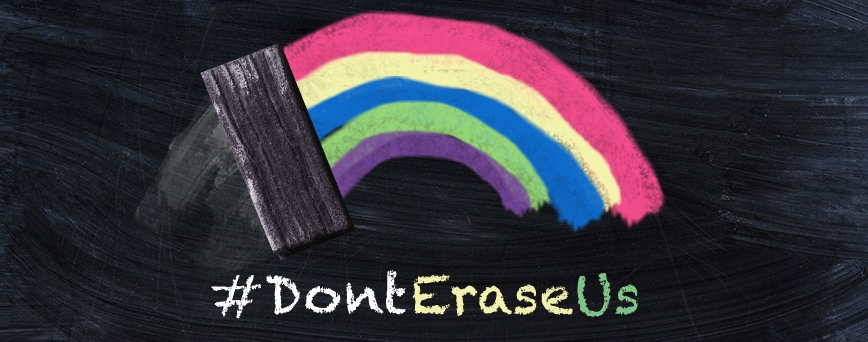According to the Smithsonian's website on Brown v. Board of Education, the court case of Plessy v. Ferguson, which ruled in favor of "Separate but Equal," was unethical and unreasonable. So, segregation in schools was supposed to stop. That was sixty years ago. Sixty years ago, segregation was ruled illegal and for a short time, schools worked to understand it. There were obstacles from those who didn't believe in integration and segregation still occurred, but many believed the problem was fixed eventually. However, reports claim that today's schools are more segregated than ever before. Schools separate into classes based on the districts and the families that live in those districts. So, schools suffer and education of students is lost to segregation that people believe does not exist anymore.
The podcast, "This American Life," in the episodes titles "The Problem We All Live With" Part 1 and Part 2, discusses the segregation of the American school system sixty years after segregation was made illegal in the court case Brown v. Board of Education. After sixty years, we made progress as a nation, and then declined once again. Segregation is supposed to be illegal and yet, the stories from "This American Life" tell a different story. Students in poorer school districts go to school together, but when the poorer districts are filled with minorities and even the lowest income white families are living in middle class districts, segregation occurs. Integration efforts have fallen within the last twenty years because the difference in the class systems. Even though integrated schools have been proven to be a better learning environment, there are still many districts that believe that integration is the problem. Like in the podcast where parents were upset that students from the Normandy school system would be attending school with their children, even though in the end, there was no difference in tests scores nor any of the gun and knife violence the parents had complained there would be. Families even threatened to move to new districts as a result of the integration of their school. This is an issue that occurred after the Brown v. Board of Education decision and beyond, causing families of higher classes to move into new areas when lower class families moved in. This caused lower class students to have lower standards of education while higher class families had better opportunities for education. I found this video on a news report on the subject, backing up the claims made within the podcast.
So, this is playing on the fact that there used to be "Black Only" and "White Only" water fountains within schools and workplaces. Instead of "Black" and "White," the political cartoon says "Affluent Only" and "Poor Only." This image shows that segregation is still prominent within schools even if those in power claim it is not a "race issue" as many parents claimed within the podcast's actual recording of the town meeting on the integration of schools. Yet, when higher level schools are only certain classes and races into their halls, isn't that the same as schools that only allowed whites into their halls sixty years ago? Within this article found in the New York Times titled "Separate and Unequal," there are facts that say that poorer students going to schools in middle class districts actually do better in school. I found an article on the Huffington Post that actually discusses what role integration plays in this idea of students doing better in better schools. One reporter says it's not just the effect of a black child sitting next to a white child that raises academics because that's not it at all. The fact of the matter is that schools with better accreditation get more money and more resources. So if students in lower income environments actually have the opportunity for more resources like computers and better textbooks within better schools, academic success is entirely possible. Schools in impoverished areas also typically have newer, less-experienced, and less-qualified teachers. They're not receiving the opportunities to work on their education because of where they live.


